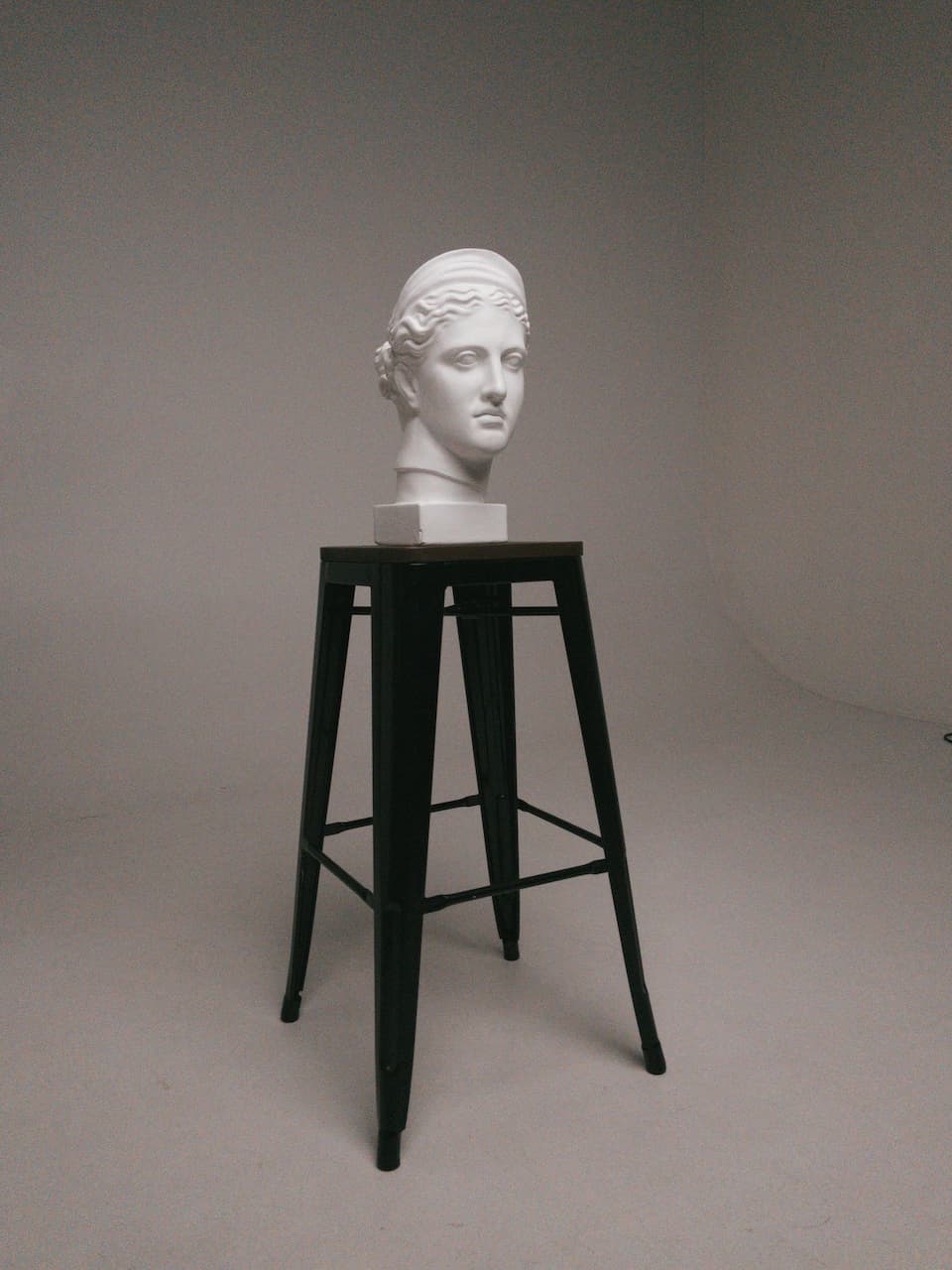Preparing a strong academic paper in fine arts can often present unique challenges, especially given the subjective nature of creative disciplines. Unlike more traditionally structured fields, fine arts require balancing creativity with rigorous academic standards, which many students find daunting. Time constraints, difficulties in formulating a clear research focus, and uncertainties about academic writing conventions add further complications. Some students find it helpful to use services like Hausarbeit schreiben lassen to gain insights or professional guidance in refining their arguments and structuring their research effectively. Nevertheless, developing your academic writing skills independently is crucial, as it deepens your understanding and mastery of the fine arts discipline. In this article, we will explore practical steps and strategies to produce a high-quality fine arts academic paper, making the process manageable and rewarding.
Step 1: Selecting a Suitable Topic
Identifying Your Interest and Expertise
Choosing the right topic is the cornerstone of writing a strong academic paper in fine arts. It’s important to select a subject that genuinely interests you, as passion drives motivation and improves the depth of your research. Begin by listing themes, artists, periods, or techniques that resonate with your artistic interests or align with your academic goals. Consider topics such as contemporary art movements, influential artists, artistic methodologies, or cultural impacts on fine arts.
Feasibility and Scope
Ensure that the topic is neither too broad nor too narrow. A well-defined and manageable scope allows you to provide thorough analysis without overwhelming yourself with information. For instance, a broad topic like “The History of Impressionism” might be narrowed down to “The Influence of Japanese Woodblock Prints on Monet’s Impressionism.” This approach gives your paper clarity and precision.
Relevance to Current Debates
A compelling topic in fine arts often intersects with contemporary debates or recent developments. Explore current journals, art exhibitions, or online platforms dedicated to fine arts to identify trends and ongoing discussions. Addressing these contemporary elements can make your paper relevant and engaging for readers.
Step 2: Comprehensive Research and Gathering Information
Academic Sources and Libraries
In fine arts, high-quality academic sources are essential. Utilize academic databases such as JSTOR, Art Full Text, and Artstor to access peer-reviewed articles, scholarly books, and visual archives. Visiting physical libraries or university art archives can also provide valuable resources, including rare art catalogs and exhibition materials.
Primary and Secondary Sources
Distinguishing between primary and secondary sources strengthens your research credibility. Primary sources, like original artworks, artist interviews, exhibition reviews, or manifestos, provide direct insight into your subject. Secondary sources—critiques, interpretations, scholarly articles, and biographies—help contextualize your analysis. A balanced mix of both types of sources will enrich your argumentation and demonstrate scholarly rigor.
Note-Taking and Organization
Efficient note-taking helps in systematically organizing your research findings. Tools such as Evernote, Zotero, or traditional index cards facilitate structuring ideas, quotes, references, and your reflections. Clear organization at this stage will streamline your writing process significantly.
Step 3: Developing a Strong Thesis and Outline
Crafting Your Thesis Statement
The thesis statement articulates your central argument clearly and concisely. In fine arts papers, your thesis should not only state your viewpoint but also hint at your analytical approach. For example, “Frida Kahlo’s use of self-portraiture serves as a profound exploration of gender identity and postcolonial Mexican identity” offers clear direction for your analysis and frames your paper’s scope effectively.
Creating a Detailed Outline
An outline provides the structural framework for your academic paper. Typical sections include an introduction, main body paragraphs organized thematically or chronologically, and a conclusion. Clearly outline the points and examples you intend to include in each section. This preparation helps maintain logical coherence and narrative flow throughout your paper.
Step 4: Writing Your Paper Effectively
The Introduction: Grabbing Attention
Begin your introduction with an engaging hook, such as a provocative question, surprising fact, or a compelling quotation related to your topic. Briefly introduce your research context and conclude the introduction with your thesis statement. This section sets the tone for your entire paper.
Body Paragraphs: Analytical Depth
In each body paragraph, present a single idea or aspect of your thesis. Start with a clear topic sentence, provide evidence from your research, analyze the evidence critically, and connect each paragraph logically to your thesis. In fine arts, include visual analysis as well, interpreting symbolism, composition, technique, and historical context of selected artworks.
Incorporating Visual Analysis
An academic paper in fine arts requires strong visual analysis. Describe artworks accurately, paying attention to form, composition, technique, and context. Employ art-specific terminology to strengthen your arguments, and always link your visual descriptions directly to your central thesis.
Critical Thinking and Originality
Fine arts papers thrive on originality and critical insight. Do not merely summarize existing information or interpretations. Instead, contribute original observations, comparisons, and interpretations to demonstrate your analytical abilities and unique perspective.
Step 5: Adhering to Academic Conventions and Style
Proper Citation
Correct citation practices are crucial in academic writing. Depending on your institution’s guidelines, you may use citation styles like MLA, APA, or Chicago. Cite all sources consistently, including books, journal articles, images, and online resources, to avoid plagiarism and demonstrate scholarly integrity.
Academic Tone and Style
Use formal, precise language and avoid colloquialisms, slang, or overly subjective expressions. Maintain objectivity while clearly stating your viewpoints and providing evidence-based analysis. Employ discipline-specific vocabulary and maintain clarity throughout.
Formatting and Visuals
Proper formatting enhances readability and professional appearance. Follow your university’s formatting guidelines regarding margins, fonts, spacing, and title pages. Include high-quality images or figures with clear captions and source references to support your arguments visually.
Step 6: Editing, Proofreading, and Peer Feedback
Initial Draft Review
Your first draft should be seen as the foundation. Allow yourself some time away from your draft, then revisit it critically. Assess clarity, coherence, and strength of arguments. Check if your paper answers your thesis question comprehensively.
Proofreading for Errors
Check meticulously for grammatical, spelling, and formatting errors. Small mistakes can undermine your paper’s credibility. Use tools like Grammarly or have your paper reviewed by a professional editor or writing advisor.
Seeking Peer Feedback
Receiving feedback from peers or mentors is invaluable. They can identify unclear arguments, structural issues, or areas requiring deeper analysis. Incorporate constructive feedback to refine your final draft further.

Step 7: Finalizing and Submitting Your Paper
Revising and Final Adjustments
After incorporating feedback, conduct a final revision. Ensure all sections logically flow, your thesis is clearly supported, and the paper meets academic standards. Double-check citations, visual elements, and formatting before submission.
Preparing for Submission
Confirm your submission guidelines (digital or print). If a digital submission is required, check file formats (typically PDF), naming conventions, and uploading instructions. For printed submissions, ensure the paper is cleanly printed, bound appropriately, and professionally presented.
Conclusion: Mastering Academic Writing in Fine Arts
Writing a strong academic paper in fine arts requires patience, diligence, creativity, and scholarly discipline. The ability to critically analyze artworks, apply rigorous academic research, and present arguments effectively is central to success in fine arts academia. By methodically following the steps outlined—from choosing a compelling topic and thorough research to meticulous writing, editing, and submission—you will significantly enhance the quality of your academic work.
While professional services like Hausarbeit schreiben lassen can be beneficial, developing independent writing and analytical skills remains essential. Ultimately, refining your academic writing not only contributes positively to your academic achievements but also deepens your appreciation and understanding of fine arts, preparing you for further scholarship or a successful professional career in this vibrant and dynamic field.



